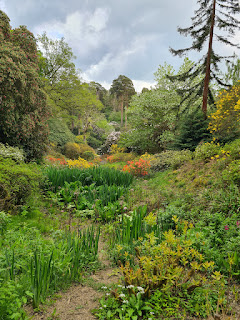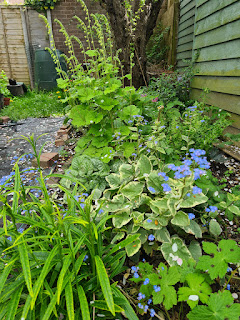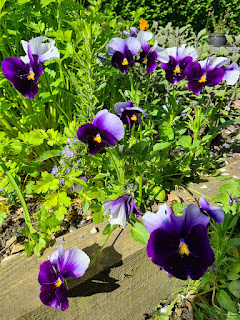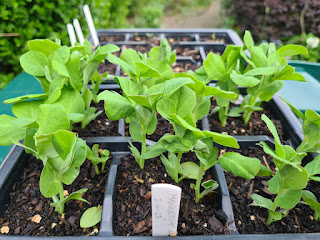Some useful self-seeders.

Cerinthe purpurascens. A marvellous self-seeder with flowers beloved of bees. It's common name is Honeywort. It's an annual which will germinate at all times of year except the depths of winter. It is one of the earliest plants to flower in spring. The seeds are fairly large and black, like small pieces of gravel. They just drop from the unusual dark purple flowers when the flowers go over. Erodium pelargonifolium. A low growing plant with leaves like pelargoniums (commonly known as geraniums) hence it's name. The Erodium family are commonly known as storksbills. This name comes from the pointed shape of the seed heads. When the seeds are ripe they are pinged from the base of the pod as it dries out - hence it spreads so well. Geranium Bill Wallis - the purple flowers in the photo. It was slow to establish in my garden but this year it's everywhere. Botanically, Geraniums are quite close to Erodiums and ping their seeds out in the same way. Bill Wallis is



